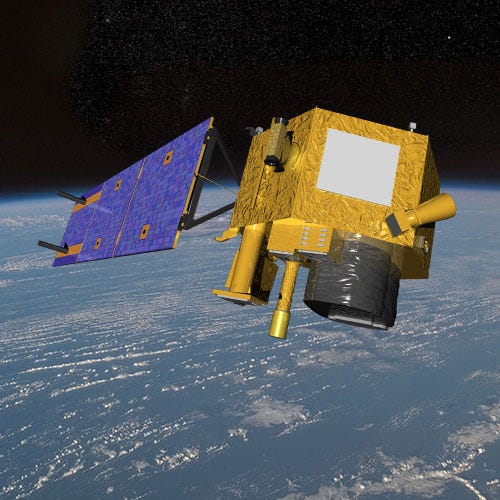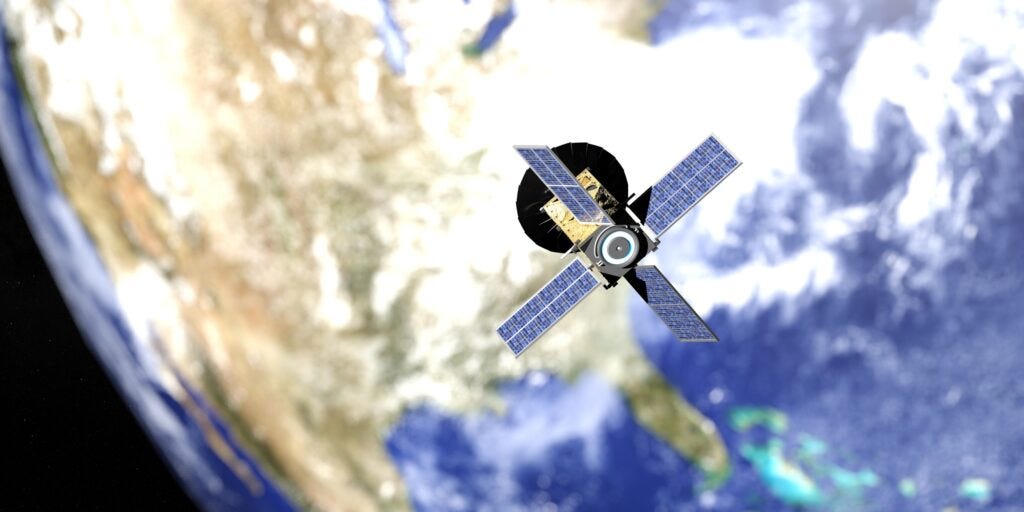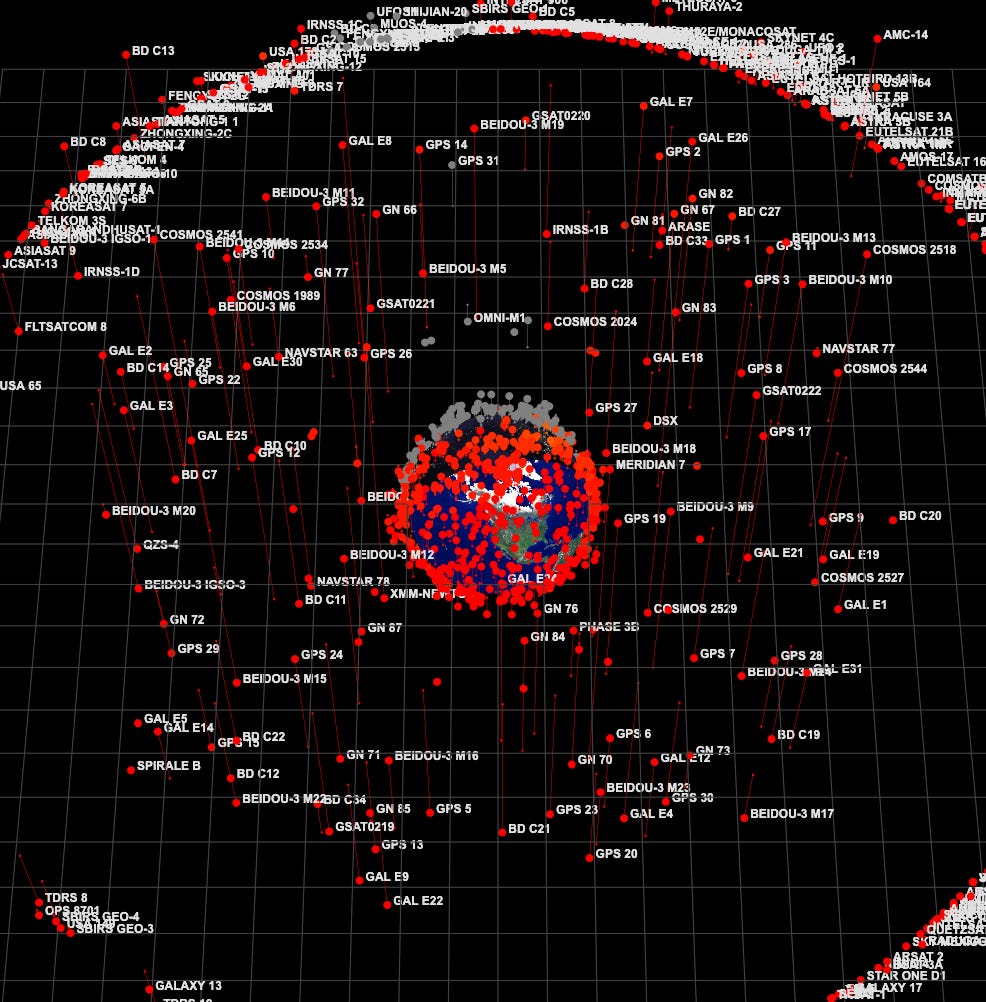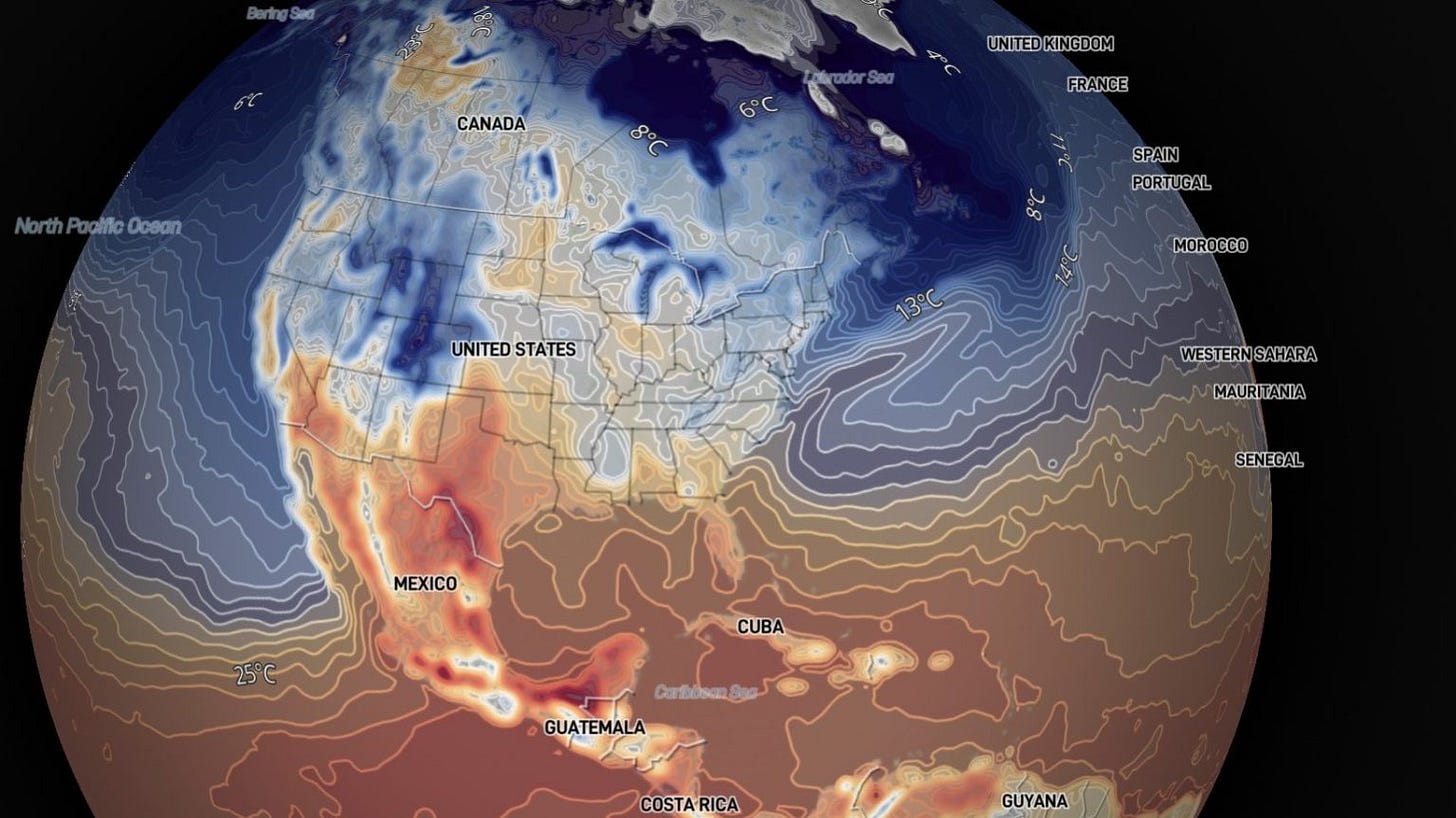Space meets AI - Onboard and on Ground
Exploring the Growing Role of Artificial Intelligence in Space
Humans are curious by nature—it’s part of what drives us to learn and explore. When we look up, we see a mysterious sky filled with the sun, moon, stars, and endless darkness. To satisfy our curiosity about the mysteries above, we had two options:
wait patiently until we evolved wings
invent ways to reach space ourselves.
While I'd love to have a pair of wings and strong lungs, I certainly wouldn't bet my life waiting for such evolution!
In the last century, human civilizations raced each other toward the dark skies above. We built rockets, satellites, and spaceships. Some were more successful than others, but nearly all played essential roles in writing humanity’s history as we broke the barrier between our planet’s surface and the stars beyond.
I’m here to explore with you our journey (so far) to our next step. We've already built swarms of eyes around our planet to gather data—it's now time to add intelligence to them.
The History of AI in space is not long, but not shallow as well, we are still in the beggining of it. let’s take this as a chance to reflect on
The AI Applications in the space industry
On board
On ground
Challenges and future
Let’s dive in
AI applications in the space industry
Think of satellites as flying computers equipped with sensors, floating wirelessly in space. Since we can't physically sit beside them and watch their screens, we need a mechanism to interact with the data they collect. This interaction happens through "downlinking" and "uplinking." Downlinking occurs when satellites send data down to our ground stations, while uplinking is when we send commands or data back up.
Unfortunately, this process isn't as fast as your home WiFi—it requires complicated equipment and takes considerably longer.
Currently, satellites collect data much faster than they can transmit it back to Earth. We face a gap between onboard computational power and communication speeds. So what can we do about it?.
Here comes the first application:
Onboard AI Applications
Smart Filtering and prioritization for data collection
In November 2000, NASA launched the Earth Observing-1 (EO-1) satellite. EO-1 showcased an onboard AI software called the Autonomous Sciencecraft Experiment (ASE). ASE analyzed images onboard and filtered scientifically interesting events—like volcanic eruptions, floods, and wildfires. This dramatically improved data collection efficiency.
More recently, ESA's Φ-sat-1 (launched in 2020 as part of the FSSCat mission) used onboard deep learning models to detect clouds in Earth images. By doing this, the satellite only transmitted clear and valuable images, significantly saving communication resources.
Smart Navigation and Autonomous decision making
Another great application of the on-board AI applications on satellites is the navigation. Satellites are like semi-self-driving cars that drive itself (most of the times) on the roads (we call it orbits). As the space around us has many other objects coming and going, some of them we don’t control, like astroids, others we do, like other satellites. It’s not totally safe out there and we need a smart way to handle that.
NASA's OSIRIS-REx mission employed a system called Natural Feature Tracking (NFT) to autonomously guide the spacecraft to asteroid Bennu's surface for sample collection. NFT allowed OSIRIS-REx to achieve a precision landing within one meter of the target area—a remarkable feat of autonomous navigation.
More recently, ESA's Hera mission (launched October 2024) is another example. Hera autonomously navigates around the Didymos asteroid system, using onboard AI to map surfaces, adjust orbits, and perform close maneuvers—all without continuous ground control intervention.
Satellite Autonomous Operations
Usually, satellites get to know what it should do at a certain point of time by tasking. The ground stations send information about what tasks to do and at which order.
NASA tested a new approach with its ASTERIA CubeSat, using multi-mission, goal-based, onboard, integrated planning and execution software called MEXEC (Multi-mission EXECutive). MEXEC leverages Hierarchical task network (HTN) planning is an approach to automated planning in which the dependency among actions can be given in the form of hierarchically structured networks.
AI Specialized hardware on spacecrafts
Companies have recently begun developing low-power, radiation-hardened AI processors designed specifically for satellites. For instance, KP Labs' Leopard System, A CubeSat-compliant Data Processing Unit (DPU) utilizes Deep Neural Networks for onboard data processing. With a throughput of up to 3 Tera Operations per second, it enhances the satellite's ability to process data autonomously, improving efficiency and reducing the need for extensive ground-based data handling.
AI on the Ground
Moving back to the ground side, we will find a variety of applications waiting for us, starting from the ground station and mission control and moving towards the satellite data processing and modeling
Mission Control and Ground Station Operations
Mission Control Centers (MCCs) are facilities that manage space missions from launch to landing or mission completion. They serve as the central hub for monitoring and controlling spacecraft, ensuring mission success through real-time data analysis and decision-making. If you've watched any rocket launch online, you've seen them—they're the rooms filled with screens and engineers monitoring live data.
One example of the AI applications in this area is NASA's ASPEN Mission Planner. An AI-driven system that optimizes mission efficiency by automating complex scheduling tasks and resource allocation for various space missions
Earth Digital Twin
Imagine gathering all of the earth observations that we are collecting and creating a model that understands the past of the planet, watches the present and predicting the future?
This is one of the projects that ESA is working on. An AI-driven Digital Twin of Earth, Continuously fed with Earth observation data, this digital twin could help us visualize and forecast natural and human activities on our planet.
Weather Monitoring and Forecasting
When you open a weather app on your phone, you see current weather conditions and Forecasts across the day and the week.
Traditionally, these forecasts rely on physics-based models built upon fundamental equations of fluid mechanics and thermodynamics.Utilizing numerical techniques to solve complex partial differential equations (PDEs). However, these models are resource-intensive and require supercomputers or High-Performance Computing (HPC)
Today, Companies and institutions are exploring deep learning-based weather models. These AI Models capture complex, nonlinear relationships without explicit physical equations and learn patterns and relationships from historical weather data. potentially matching or surpassing traditional methods at a fraction of the operational cost. Although, the machine learning models requires a big amount of computation powers in the training phase, It require much less while running it, which eventually should be much cheaper to run and maintain than the Physics model.
Companies like Spire Global are already creating their own AI-based Weather models utilizing their Earth Observation data like GNSS Radio Occultation (RO) and other data to make it as good as or even better than the traditional models
Institutions like NASA, and ECMWF are investing as well in that area. This kind of investment will help pushing the boundaries for a better weather forecasting which is a crucial element in all of our lives
Challenges and the Future
While AI offers great promise, integrating it onboard satellites isn't without difficulties. Missions like ESA’s Φ-sat-1 face challenges such as limited computational power and tight energy budgets, highlighting current technological constraints.
But challenges indicate room for growth and innovation. we can see institutions like ESA putting roadmaps for AI utilization in their projects and missions. Meanwhile, private companies increasingly recognize AI's potential to revolutionize their business models, driving further innovation.
We stand at an exciting crossroads. As AI technology rapidly evolves, the space industry will surely follow—propelling humanity toward ever-greater exploration and discovery









